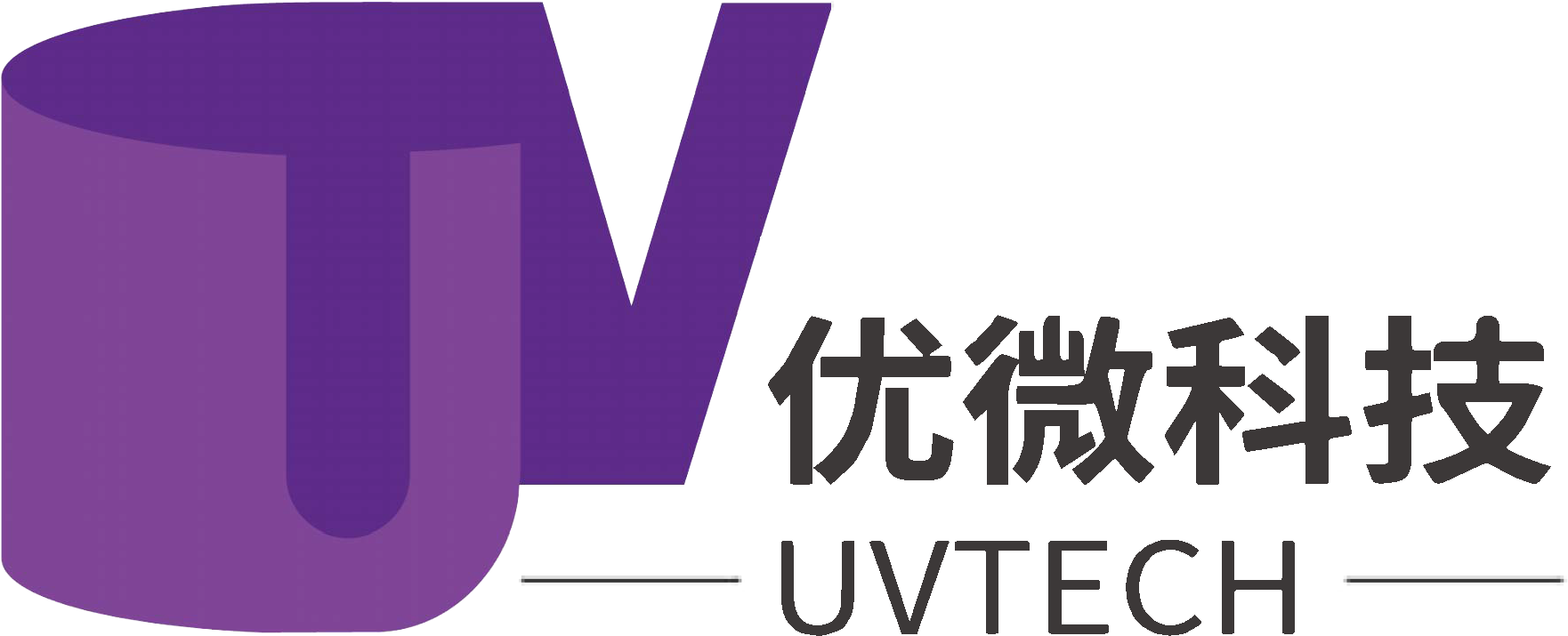Isozinpyridine in Compound Herbal Coral Tablets: How HPLC Ensures Quality and Consistency
Release time:
2025-11-21
In traditional herbal medicine products, maintaining consistent levels of active ingredients is essential for both therapeutic effectiveness and consumer safety. One compound of growing analytical interest is Isozinpyridine, a bioactive component found in certain Herbal Coral Tablets. To ensure accurate dosage and reliable quality, laboratories commonly employ High-Performance Liquid Chromatography (HPLC).
Why Analyze Isozinpyridine?
Isozinpyridine contributes to the anti-inflammatory and antimicrobial properties attributed to Herbal Coral Tablets. However, its concentration may vary due to:
Natural differences in raw herb materials
Manufacturing and extraction variability
Storage and degradation factors
Routine HPLC analysis helps manufacturers verify content uniformity, support regulatory compliance, and ensure product stability.
The Analytical Method: HPLC–UV for Active Ingredient Determination
To accurately quantify Isozinpyridine, laboratories follow a streamlined workflow involving extraction, chromatographic separation, and UV detection at a compound-specific wavelength.
1. Sample Extraction — Preparing the Tablet
Tablets are finely powdered and extracted using a suitable solvent, typically aqueous methanol, to dissolve Isozinpyridine efficiently. After sonication and filtration, the extract is ready for injection.
This step isolates the target compound from excipients and herbal matrix components.
2. Chromatographic Separation — C18 Reversed-Phase Column
An optimized reversed-phase method is used to separate Isozinpyridine from other co-extractives.
Typical HPLC conditions:
Column: BIKAI Lotus C18, 5 μm, 4.6 × 250 mm
Column Temperature: Ambient
Mobile Phase:
A: 0.1% phosphoric acid in water (80%)
B: Acetonitrile (20%)
Mode: Isocratic
Flow Rate: 1.0 mL/min
Injection Volume: 10 μL
Run Time: 30 minutes
The acidic aqueous phase enhances peak shape, while the moderate organic content provides clean separation from matrix components.
3. Detection — UV at 344 nm
Isozinpyridine exhibits strong UV absorbance at 344 nm, making HPLC–UV an efficient and cost-effective quantification tool.
UV detection provides:
High sensitivity for herbal active ingredients
Excellent linearity for routine quality testing
Minimal interference after proper chromatographic separation
Case Example: Ensuring Tablet Consistency
In a recent quality assessment, a batch of Herbal Coral Tablets was tested using the method above. The measured Isozinpyridine content aligned with labeled specifications, confirming stable production quality and raw material consistency.
Such analyses help manufacturers maintain reliable therapeutic performance across batches.
Advantages of HPLC for Herbal Product Testing
Accurate, reproducible quantification of active components
Clear separation of complex herbal matrices
Cost-effective routine testing
Supports regulatory documentation and quality audits
Conclusion
As herbal formulations gain international adoption, ensuring consistent active ingredient levels becomes increasingly important. HPLC provides a robust and trusted method for quantifying Isozinpyridine in Herbal Coral Tablets, strengthening product safety, efficacy, and consumer confidence — all backed by solid analytical science.
Key words:
Previous
Related News
Contact Information
Add: 2nd Floor, Building 3, No. 1 Chaoqian Rd, Changping, Beijing, China PRC.
HQ: 702, 2#, No.22, Daoan Rd, Suzhou, China.
TEL:86 18613365565
MAIL: info@uvtech-cc.com
Copyright 2024 Beijing UVTech Inc. All Rights Reserved










